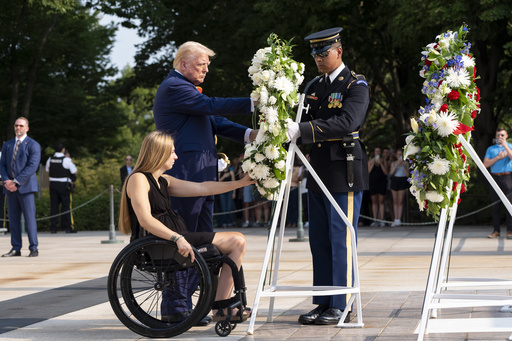Utah Governor Spencer Cox, known for his moderate and unifying approach, had distanced himself from former President Donald Trump, not voting for him in the 2016 or 2020 elections due to concerns about Trump’s role in the U.S. Capitol riot. However, after an assassination attempt on Trump, Cox had a change of heart and expressed support for Trump’s unifying potential, despite their political differences.
Cox’s unexpected shift towards Trump puzzled political observers who have seen him build a reputation as a moderate figure akin to Senator Mitt Romney over the past decade. The governor’s decision to support Trump, who did not reciprocate the endorsement for Cox’s reelection, raised questions about his motives and political alignment.
Their complex relationship came under scrutiny when Cox and Trump were involved in a controversy at Arlington National Cemetery, where Cox used a graveside photo with Trump in a campaign fundraising email, breaching rules and potentially federal law. The incident highlighted the contrasting political styles of Cox and Trump and reignited discussions about Cox’s choice to align himself with the former president.
Critics, including some Utah moderates, were disappointed in Cox’s reversal towards Trump, fearing it could tarnish his reputation among his voter base. Cox’s support for Trump, a divisive figure particularly within the Mormon community in Utah, where half the population belongs to The Church of Jesus Christ of Latter-day Saints, raised concerns about his political strategy.
Despite backlash and internal party tensions, Cox’s endorsement of Trump reflected a strategic move to gain influence within the Republican Party, even though it risks alienating his moderate supporters. Cox’s embrace of Trump signifies a broader trend among moderate Republicans being drawn closer to Trump’s sphere of influence, reminiscent of past shifts in political alliances for strategic purposes.


